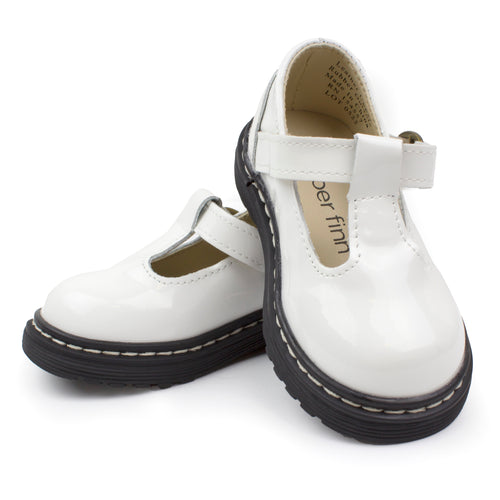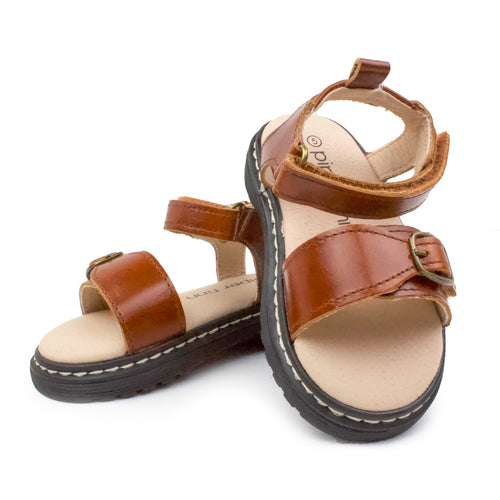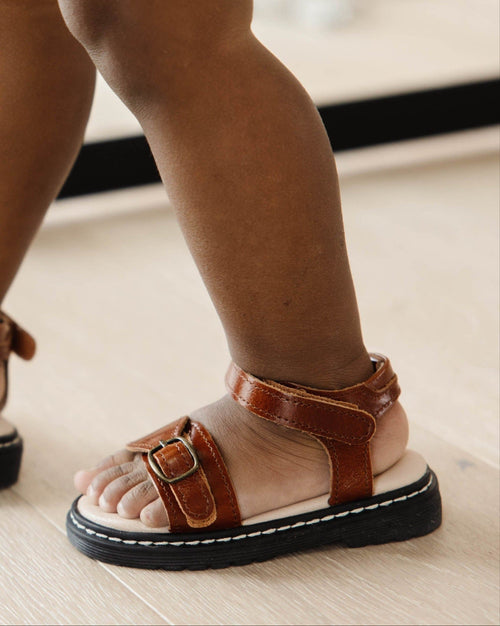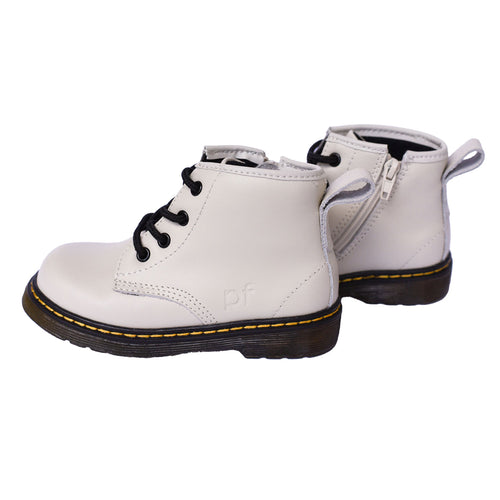Rickets is a bone disorder that occurs during childhood, leading to weakened bones, stunted growth, and developmental delays in severe untreated cases. It’s usually caused by vitamin D, calcium, and phosphate deficiency and can affect various body parts, including the spine, legs, pelvis, and arms. Parents need to understand this condition, what causes it, how to recognize it, and most importantly, how to prevent it.
In today’s Piper Finn blog post, we’ll explore rickets in kids, including symptoms, causes, treatment, and strategies for avoiding rickets.
What Causes Rickets in Kids?
Child rickets can develop due to various reasons, including:
- Vitamin D Deficiency: Inadequate exposure to sunlight, limited dietary vitamin D, and some medical conditions can lead to a deficiency of this crucial nutrient.
- Dietary Insufficiency: Inadequate intake of calcium and phosphate-rich foods can contribute to developing rickets. Calcium and phosphate are crucial for strong bones, but a poor diet, malabsorption syndromes, or kidney problems can lead to a deficiency.
- Genetic Factors: Some genetic disorders can interfere with the body's ability to metabolize vitamin D and absorb calcium and phosphate properly. Such conditions can increase the risk of developing rickets even with a seemingly adequate diet and sunlight exposure.
- Malabsorption Disorders: Some medical conditions like celiac disease, Crohn's disease, and cystic fibrosis can interfere with the absorption of vitamin D, calcium, and phosphate in the digestive system and lead to rickets.
What Are the Symptoms of Child Rickets?
Symptoms of child rickets can vary depending on severity. Some common signs you can watch out for include:
- Delayed growth and short stature
- Weakness and muscle pain
- Bowing of the legs
- The curvature of the spine
- Enlarged joints
- Dental problems, such as delayed tooth development and weak tooth enamel
If you suspect that your child might have rickets, it's important to consult a healthcare professional. A doctor will assess your child's medical history and physical condition and order blood tests to measure vitamin D, calcium, and phosphate levels. They can also conduct X-rays to evaluate bone health and detect any deformities.
Avoiding Rickets in Kids
Some effective strategies for avoiding rickets in kids include:
Adequate Sunlight Exposure
Sunlight is a natural source of vitamin D, which is essential for bone health. Encourage your children to spend some time outdoors every day, especially during the early morning or late afternoon when the sun's rays are less intense. Aim for 10-30 minutes of sunlight exposure a few times a week, and expose the face, arms, and legs to sunlight to help the body synthesize vitamin D.
Balanced Diet
Include foods rich in vitamin D, calcium, and phosphate in your child's diet. Good sources of vitamin D include fatty fish, fortified dairy products, and egg yolks. Calcium-rich foods include leafy greens, dairy products, and fortified plant-based milk alternatives. Phosphate-rich foods include meat, poultry, fish, dairy products, whole grains, and nuts.
Vitamin D Supplements
A healthcare provider can recommend vitamin D supplements if your child is at risk of deficiency due to factors like limited sunlight exposure or specific medical conditions.
Regular Pediatric Check-ups
Schedule regular visits to a pediatrician who can monitor growth and development and provide guidance on nutrition and preventive measures.
Breastfeeding and Formula Feeding
If breastfeeding, ensure that your baby receives enough vitamin D. Breast milk may not provide sufficient vitamin D, so consult your pediatrician about recommended supplementation. When formula feeding, choose a formula fortified with vitamin D that provides adequate nutrients for bone health.
Avoid Excessive Sunscreen
While protecting your child's skin from harmful UV rays is important, excessive use of sunscreens with high sun protection factors (SPF) can reduce the skin's ability to produce vitamin D. Allow some time for sun exposure before applying sunscreen.
Educate Yourself
Stay informed about the nutritional needs of children and the importance of vitamin D, calcium, and phosphate for bone health.
Final Thoughts
Child rickets is a preventable condition that requires attention to dietary habits, sun exposure, and overall health. By understanding the causes, symptoms, and strategies for avoiding rickets in kids, you can take proactive steps to support your child’s bone health and ensure optimal growth and development. If you suspect rickets or have concerns about your child's health, always consult a healthcare professional for guidance tailored to your child's specific needs.
Image by Arek Socha from Pixabay

















